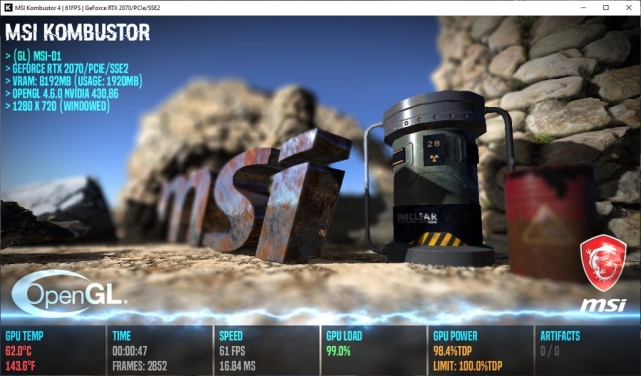

Open FurMark, and you’ll see various settings you can play around with. To benchmark your overclocked GPU, check out our guide on how to benchmark using Heaven. With that in mind, here’s how to stress test your GPU using FurMark. Note: for these reasons, we don’t recommend using FurMark for overclocked GPUs, only to stress test a GPU at its stock settings. It pushes your GPU to its limits to test its stability. It’s also a good way of testing your GPU’s heat management and will give you an idea about whether you may need to upgrade your cooling.

If you suspect your GPU hardware may be faulty, then test it in FurMark, and you’ll quickly find answers. What’s the difference? FurMark will push your GPU harder and draw more power, making it a good way of testing to see if your graphics card is stable at stock settings. FurMark may look similar to those tools but in reality is more of a stress test than a benchmarking tool.


 0 kommentar(er)
0 kommentar(er)
